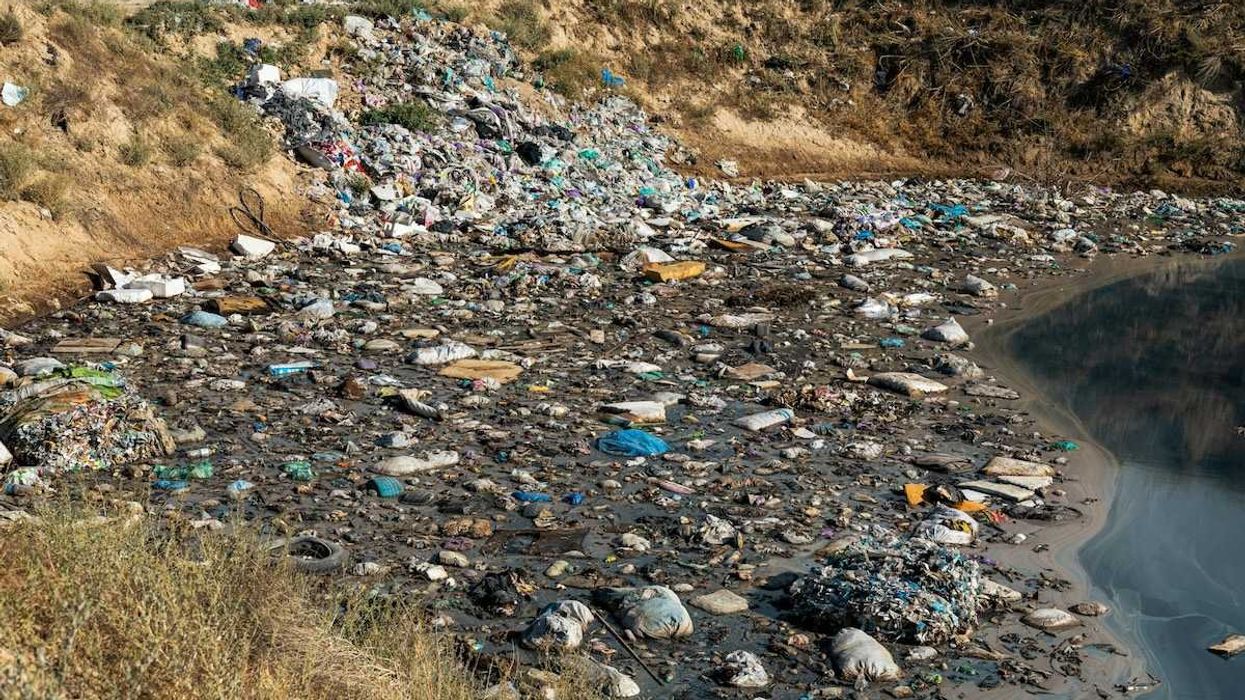US workers making BPA have enormous loads of it in them
Study finds some workers who make the endocrine-disrupting plastic additive have levels 1,000 times higher than the general public
January 4, 2017
By Brian Bienkowski
EHN
Follow @brianbienkowski
U.S. workers in industries that use or manufacture BPA have, on average, 70 times more of the chemical in their bodies than the general public—levels well above what has been shown to impact reproduction, according to a study published Wednesday.
Some workers’ contamination was more than a 1,000 times higher than the most exposed U.S. adults in the general population.
The federal study is the first to look at bisphenol-A (BPA) exposure in U.S. manufacturing. It found that some workers are loaded with the endocrine-disrupting compound after a couple days at work. The research suggests that certain jobs may leave people with potentially dangerous BPA levels in their body, which could spur health impacts such as hampering their ability to reproduce.
“I keep thinking we should be surprised of these extraordinary high levels of exposure, but I’m not. It fits with what we know about biology,” said Laura Vandenberg, an assistant professor of environmental health at the University of Massachusetts Amherst who was not involved in the study. “If people are covered in BPA at work, they are going to absorb that chemical through their skin.”
In 2013 and 2014, 77 workers at six different companies that make BPA, BPA-resins or BPA-filled wax provided urine samples after two consecutive days at work. The average total BPA in their urine was 70 times higher than a study of U.S. adults in 2013 and 2014, according to the study published in the Annals of Work Exposures and Health.
The National Institute for Occupational Safety, the federal agency responsible for preventing workers from job-related injury and illness, led the study.
One worker’s levels spiked up to 18,900 parts per million of BPA in his or her urine at the end of the shift of the second day of work. That's an extraordinarily worrisome level for a compound usually detected in only trace amounts in the general public: The median level of BPA in the general public is a little less than 2 ppm.
Industry has long argued that the body passes all accumulated BPA within a day, and thus current exposures are benign. The federal study, which consistently showed higher levels after the second day of work, undercuts that argument.
“They’re bio accumulating this stuff,” said Frederick vom Saal, a University of Missouri-Columbia professor who studies BPA but was not part of the new study. “It resets the argument that ‘100 percent [of BPA] is gone in a day.’ That’s just not possible given these data.”
More concerning, the amounts found in workers were at or above levels measured in Chinese workers who saw reproductive impacts. In that study of male Chinese manufacturing workers, spikes in BPA exposure were linked to decreased reproductive hormone levels and semen quality and more self-reported changes in sexual dysfunction.
BPA is used in producing polycarbonate, epoxy and phenolic resins and largely used to make plastic hard and shatterproof, but also used in thermal receipt paper. The chemical is found widely in food packaging and just about everyone has BPA in his or her system, with diet as the most common culprit.
The highest exposed workers in the U.S. study were those who handled molten BPA-filled wax. The wax is often used for injection and mold assembly.
The scientific community has for years been warning about this pervasive human exposure as BPA mimics the hormone estrogen and acts an endocrine disruptor. Properly functioning hormones are crucial to reproduction, as well as development, brain function and immune systems.
While the compound can leach out of can linings and into the food, the authors wrote that any exposure from diet was “far overshadowed” by what workers encountered on the job, via either skin contact or inhalation. Vandenberg suspected skin absorption as the most likely culprit.
“Skin can act as barrier, but we have to remember it’s also a huge surface area that can absorb chemicals,” she said. “It’s an efficient organ for absorbing things that look like hormones.”
There are no workplace exposure limits for BPA in the U.S.
The U.S. produced 2.25 billion pounds of BPA in 2012, according to the most recent data on such production from the U.S. Environmental Protection Agency. In the current study, the authors identified 73 U.S. companies that produce BPA. However 15 did not respond to requests to investigate exposure and 15 said they no longer produced or used BPA.
EHN welcomes republication of our stories, but we require that publications include the author's name and EHN at the top of the piece, along with a link back to EHN's version.
For questions or feedback about this piece, contact Brian Bienkowski at bbienkowski@ehn.org.















